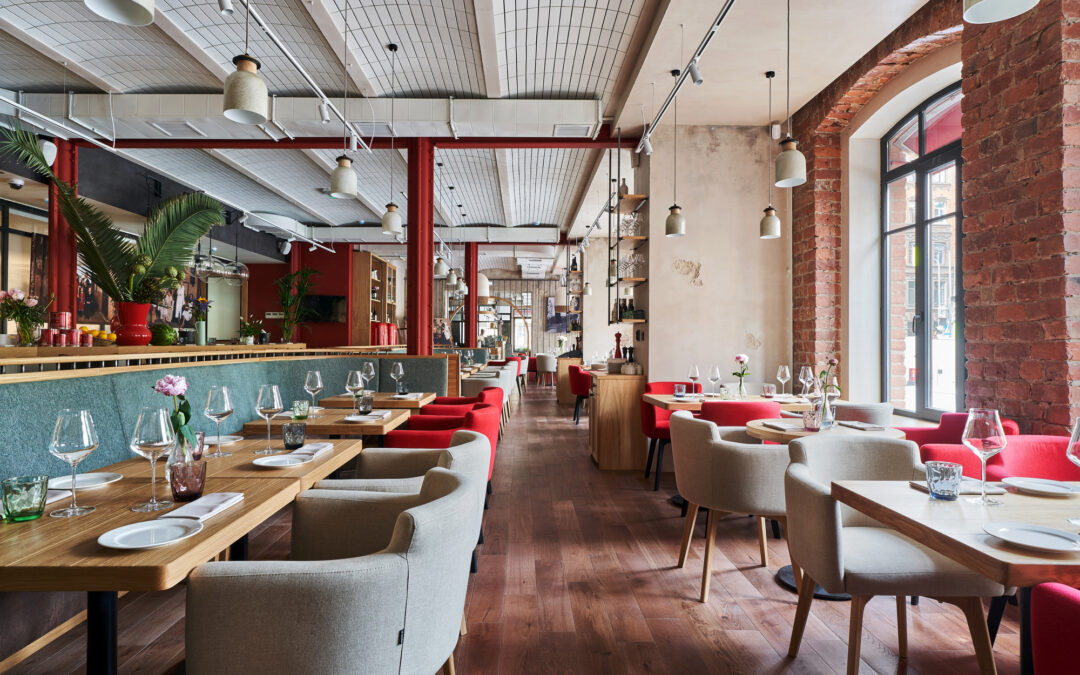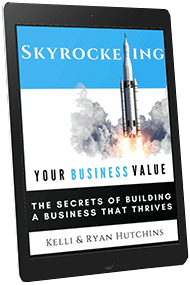
Value Drivers for a Restaurant
Key value drivers for a restaurant usually answer the question: “What brings customers to my restaurant instead of a competitor?” These value drivers ultimately increase the value of your restaurant. By analyzing where your business stands on each of the following value drivers, you can determine what changes to make to increase the value of your restaurant. Peak Business Valuation is happy to answer any questions you have. Schedule a free consultation today!
Intangible Assets
Restaurants are fascinating businesses! Most assets of the business are physical such as food, inventory, grills, cooktops, freezers, coolers, fryers, etc… Yet, often the most valuable assets of the business are intangible. The intangible assets include items such as trade recipes/secrets, business reputation, training, and people.
Intangible assets are often the foundation of a restaurant’s market dominance and profitability. When selling your restaurant, one buyer may value the intangible assets higher than another thereby willing to pay a higher price. To learn more about intangible assets see Valuing Intellectual Property.
Convenience/Technology
The world is one of ease and convenience. Customers want to be able to order their next meal from the comfort of their own home. They then expect it delivered a short time later. If your restaurant does not currently offer these delivery services, you may be losing customers who would have chosen your restaurant had you offered a convenient delivery option. Making your product as accessible as possible is essential to the value of your business.
How do your customers order food from your restaurant? Does your restaurant have curbside pickup and delivery options? Does your restaurant allow customers to order food online? Via an app? Can they have it delivered with a third-party delivery service such as UberEats, Grubhub, or DoorDash?
As another wave of COVID-19 is sweeping across the country, it is hard to know when and if COVID-19 will ever become “old news.” However, by adding “contactless” and other delivery options to your restaurant, you will be prepared for what many customers expect to be the new “normal.”
Reputation
What is your restaurant’s reputation? Do you have a lot of reviews on Google or Yelp? What do these reviews say? Many people use Google or Yelp as a way to narrow down their food options. Most often consumers only consider restaurants with 4 or more stars on Google or Yelp. Strive to serve all of your customers the best you can so that you can get positive reviews. Encourage all your customers to leave reviews on Google and Yelp.
Positive reviews = more customers = more revenue
Accessibility
What hours are you open? Where are you located? Are you easily found? Being open more hours of the day gives you the option to serve more customers. It is especially important to be open for the busiest times of the day, namely at mealtimes. However, each restaurant will need to accommodate their business hours in order to be as profitable as possible. Perhaps you need to stay open later or open earlier, in order to attract an additional customer base.
Size/Longevity
How long has the company been in business? A few years or over a decade? Companies that have been established for a long time, and that have shown steady revenue and margin growth are less risky. As such, they are more attractive to a buyer. Larger companies are also generally more attractive than smaller companies. If you are well-known in the community, then you will benefit from repeat customers and word-of-mouth referrals. For additional questions about how size and longevity affect the value of a restaurant schedule a free consultation with Peak Business Valuation.
Management
Running a restaurant is not easy! Having employees and more importantly, management with lots of experience in the restaurant industry is vital. Good managers can help efficiently run the restaurant and train employees well. Quality managers can also settle complaints with customers and be an extension of you as the owner while you are not around. A good management team will also help implement the above-mentioned value drivers to increase the value of the restaurant!
Revenue and Profit Margins
Up until now, most of the value drivers for a restaurant have little to do with the company’s financial statements, aside from increasing revenue. But, the financial health of the restaurant plays a vital role in the value of the business. As such, restaurant margins are very important. A business valuation expert, like Peak Business Valuation, will heavily analyze the margins of a business when comparing it to similar businesses and determining the value.
Restaurants are notorious for having two main costs that eat into profit. These costs are the Cost of Goods Sold (COGS) and labor costs. According to IBISWorld, most restaurants have gross margins of 62-66%. (COGS expense of 34-38%)
Revenue – COGS = Gross Profit
Gross Profit / Total Revenue = Gross Margin
In addition, labor costs account for approximately 30-45% of total revenue. Therefore, these two expenses generally account for 64-83% of revenue, which after other costs, causes net profit to be somewhere between 2-4%.
Because restaurants have very low-profit margins, anything to increase your margins will help increase the value of your business. Perhaps you can negotiate with suppliers to get a lower food cost on your supplies. Or maybe you can get a bulk discount by stocking up on nonperishables. One of the biggest COGS drivers we see is the over-portioning of food. It doesn’t seem like much, but small over-portioning by staff can lead to a significantly higher COGS expense than budgeted. Proper training of staff can help eliminate over-portioning.
Wages are the other largest expense that most restaurants deal with. It is important to reduce labor costs where possible, without compromising service or standards. By effectively managing labor and COGS, you can help increase your company’s margins and overall value.
Summary
Although there are many value drivers for a restaurant, these are some of the most common ones Peak Business Valuation, business appraiser Utah, sees. A valuation expert will consider these value drivers when determining the value of your restaurant. For additional information on discovering the value of your company and how to increase it, schedule a free consultation call with Peak Business Valuation! For more information see Valuing a Restaurant, Valuation Multiples for a Restaurant, and How to Value a Restaurant.
Schedule Your Free Consultation Today!
